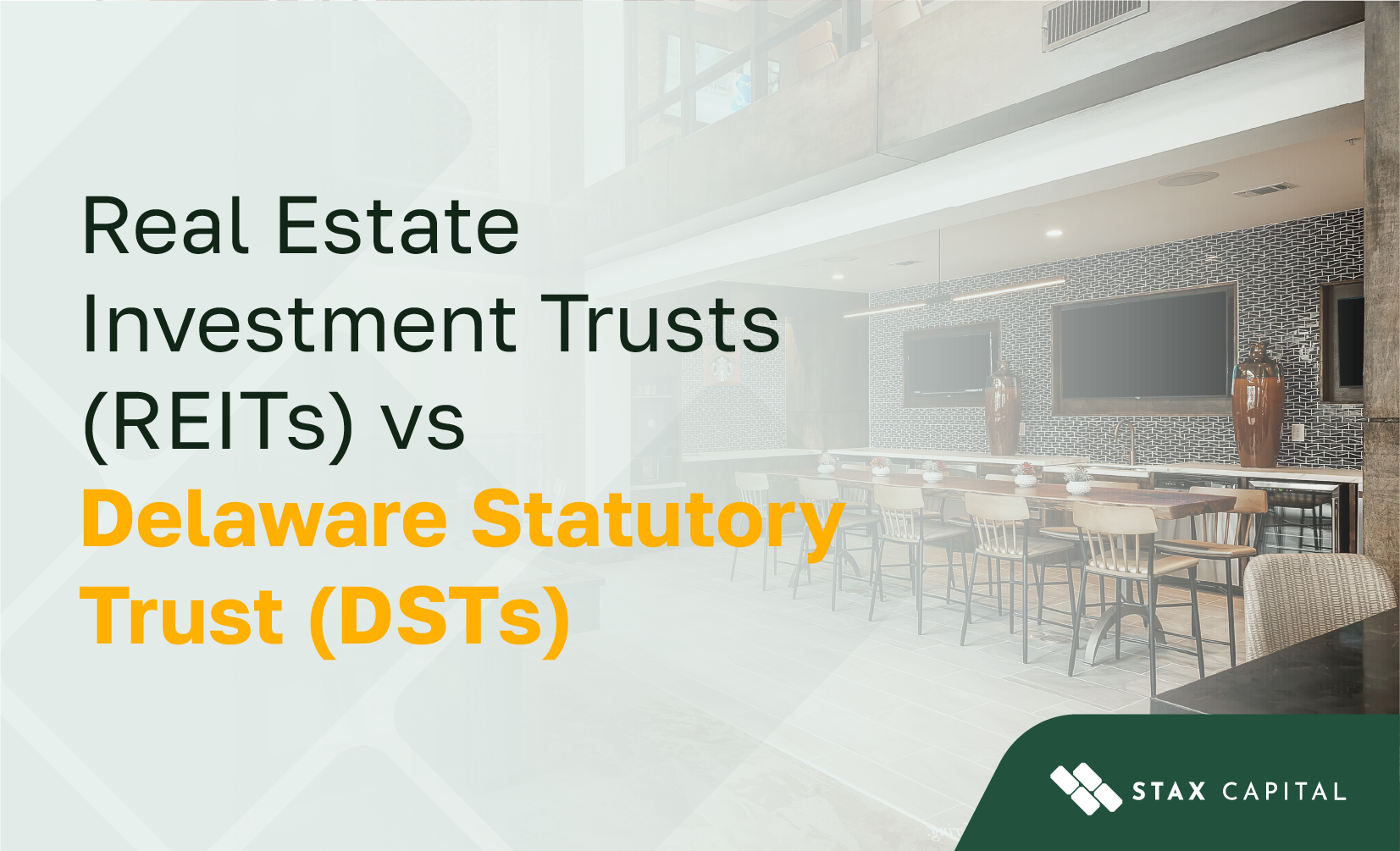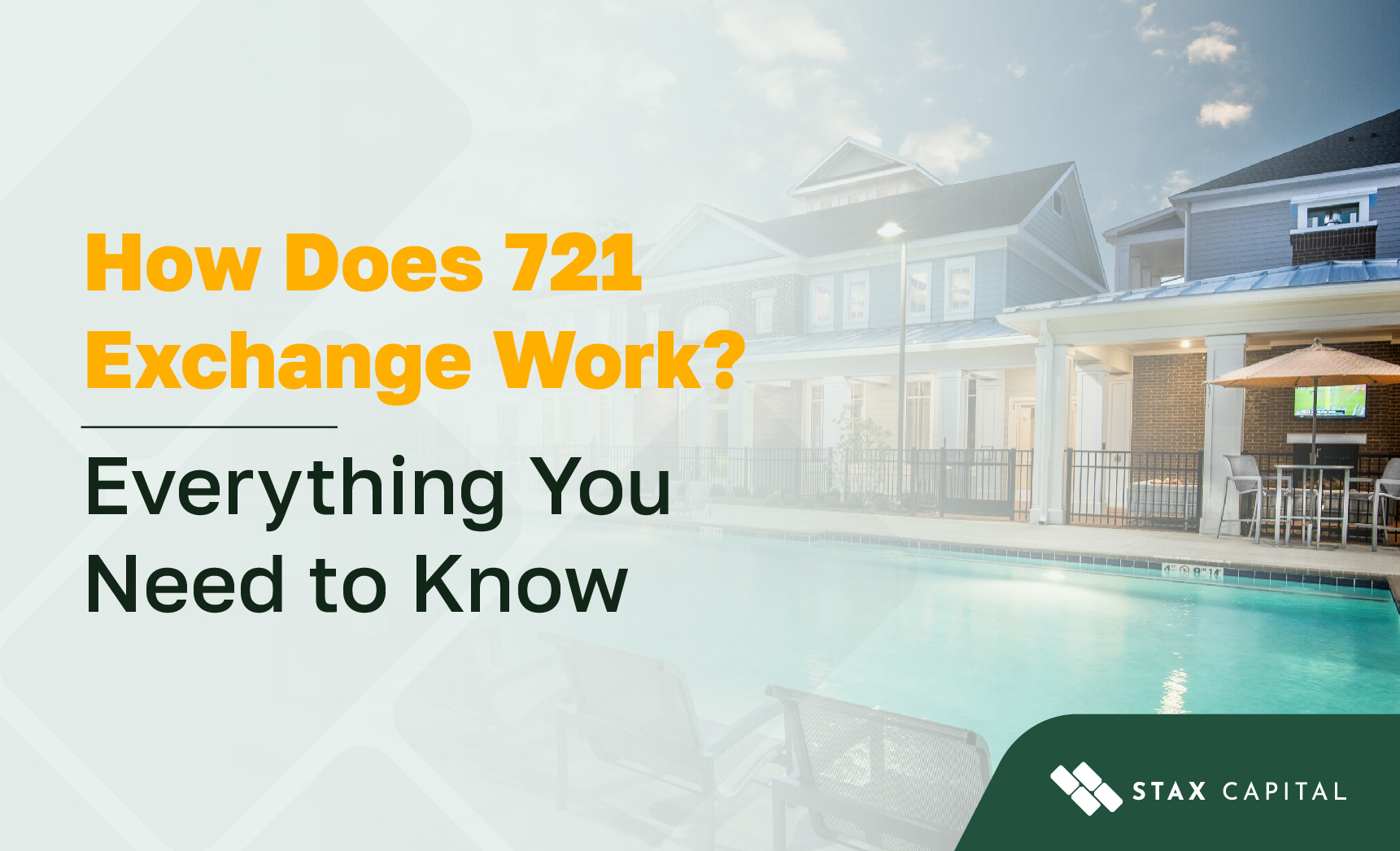Interest Rates & Real Estate Investing: Here's What You Need to Know

Think interest rates don’t matter? Think again. A small change in prevailing interest rates can significantly affect mortgage payments, which may impact an investor’s cash flow and returns. If you want to succeed in real estate, you need to understand how these shifts affect your investment property and overall return on investment.
In this article, we’ll break it all down in simple terms and give you actionable investment strategies to navigate a shifting market and optimize your investment approach.
What Are Interest Rates & Why Do They Matter?
Interest rates are the price you pay to borrow money. When you take out a mortgage, the lender adds interest on top of the amount you borrowed. The higher the rate, the more you pay over time.
For real estate investors, even a small rate increase can make a big difference. A lower interest rate keeps costs down and increases your return on investment (ROI). A higher rate can make an investment property less attractive by raising monthly payments.
Knowing how interest rates work helps you make smarter decisions. Whether you’re buying your first rental or expanding your portfolio, staying informed gives you an edge.
How Do Interest Rates Affect Real Estate Investments?
Interest rates have a powerful impact on real estate investments. They influence borrowing costs, property values, rental yields, and even market liquidity. Understanding these effects can help investors make smarter decisions and maximize returns.
Let’s break down the key ways interest rates shape the real estate market.
The Cost of Financing
Interest rates determine how much it costs to borrow money for real estate purchases. Even a small rate change can significantly impact mortgage payments and overall affordability.
- High Interest Rates: When rates rise, loans become more expensive. Monthly mortgage payments increase, reducing how much buyers can afford to borrow. As a result, fewer people enter the market, which slows down housing demand and gives remaining buyers more negotiating power. Sellers may need to lower prices or offer incentives to attract buyers.
- Low Interest Rates: More buyers enter the market when borrowing is cheaper. This increased housing demand may drive up property prices, making investing in real estate more competitive. Investors may benefit from lower mortgage payments, which can improve cash flow and potentially support long-term return objectives. However, returns are not guaranteed and depend on multiple factors.
For real estate investors, financing costs play a major role in profitability. Those who secure low-interest loans may reduce their financing expenses, which can enhance their potential return on investment (ROI), though outcomes are subject to market and property-specific factors.
Property Values
Interest rates and property prices may exhibit an inverse relationship, though this can vary based on local market conditions and broader economic factors. When rates go up, home prices tend to level off or decline. When rates drop, property values typically increase in value.
- Rising Interest Rates: Higher borrowing costs shrink the pool of potential buyers. With less competition, home prices may stabilize or even decrease. This can create opportunities for investors to buy commercial properties at lower prices before the market rebounds.
- Falling Interest Rates: When borrowing is more affordable, demand for homes increases. More buyers in the market can lead to rising property prices. Investors who already own properties benefit from this appreciation and can sell for a higher profit.
Understanding market trends is important. While some investors aim to purchase during lower-price periods and sell during favorable market conditions, real estate values are subject to change and can fluctuate based on broader economic factors.
Rental Yields & Demand
Interest rates also influence the rental market, affecting both supply and demand for rental properties.
- High Interest Rates: When borrowing becomes expensive, fewer people purchase a home, and more turn to renting. This increases demand for rental properties, allowing landlords to charge higher rents. In turn, rental yields improve, making income-producing real estate more attractive.
- Low Interest Rates: When mortgage rates are low, more renters transition to homeownership. Rental demand decreases, which can put downward pressure on rental prices. However, landlords may benefit from lower financing costs, which means they don’t have to charge as much rent to cover their expenses.
Investors looking for rental income should consider how interest rates influence tenant demand and pricing.
Market Liquidity & Investment Timing
The speed at which properties sell—and how easy it is to enter or exit the market—depends heavily on interest rates.
- Low Interest Rates: When financing is affordable, properties sell quickly because more buyers are competing. Investors who flip homes benefit from strong demand and faster transactions.
- High Interest Rates: Homes take longer to sell as buyers are more cautious. Sellers may need to lower prices or offer creative financing options to attract buyers. Long-term investors, however, can benefit from strong rental demand during these periods.
For investors, knowing when to buy or sell based on interest rate trends can make a big difference in profits.
How to Navigate a High-Interest Rate Market
Interest rates play a significant role in shaping real estate investment decisions. When rates rise, borrowing costs increase, impacting purchasing power, property values, and cash flow. However, strategic planning and adaptability can help investors thrive in a high-interest-rate environment. Here’s how:
Monitor Interest Rate Trends
Staying informed about interest rate trends helps investors make proactive decisions. Consider:
- Tracking Economic Indicators: Watch for inflation rates, employment data, and GDP growth, which influence interest rate changes.
- Following Central Bank Announcements: Institutions like the Federal Reserve or the Bank of Canada provide insights into future rate adjustments.
- Understanding Market Sentiment: Stay updated on industry trends and expert forecasts to anticipate potential shifts.
By staying ahead of rate movements, investors can time their investments wisely and make well-informed financing decisions.
Consider Fixed-Rate Mortgages
When interest rates are rising, securing a fixed-rate mortgage can provide long-term financial stability. A fixed-rate loan locks in current rates, protecting against future increases and ensuring predictable monthly payments. Benefits include:
- Predictable payments – Fixed-rate loans offer predictable payment structures, preventing unexpected cost spikes.
- Shielding against future rate hikes – Investors can avoid the risk of rising variable rates, which can erode cash flow.
- Long-term financial planning – Predictable financing costs allow for more accurate budget and investment planning.
If already holding variable-rate loans, investors may explore refinancing options to switch to a fixed-rate loan while rates remain manageable.
Diversify Across Property Types
Spreading investments across different asset types and financing structures can reduce risk in a high-rate environment. Real-estate investment strategies include:
- Mixing property types – Investing in residential, commercial, and multi-family properties can balance risk exposure.
- Exploring cash-flow-positive properties – Prioritize properties with properties with the potential to generate income under varying rate conditions.
- Investing in different markets – Consider areas with growing rental demand, strong job markets, and limited housing supply to minimize market downturn risks.
Diversification ensures that losses in one segment do not significantly impact the overall portfolio.
Evaluate Market Conditions Before Investing
Interest rates don’t operate in isolation—they interact with broader market dynamics. Before making investment decisions:
- Assess Supply and Demand Trends: Understand how rising rates affect buyer demand and rental occupancy.
- Analyze Local Economic Indicators: Job growth, population trends, and industry development influence property values.
- Study Competitor Pricing: Evaluate comparable property prices and rental rates to determine competitive positioning.
A thorough market analysis ensures that investments align with current and future economic conditions.
Plan for Contingencies and Stress-Test Investments
Interest rates impact cash flow, so it’s essential to prepare for worst-case scenarios. Steps to mitigate risk include:
- Running Stress Tests – Analyze how increased interest rates affect loan payments, cash flow, and profitability.
- Building Financial Reserves – Maintain an emergency fund to cover unexpected costs or temporary vacancies.
- Exploring Refinancing Opportunities – If interest rates stabilize or decrease in the future, refinancing can help reduce costs.
By proactively planning, investors can safeguard their portfolios and maintain financial stability.
Take Control of Your Investments
Interest rate fluctuations don’t have to derail your real estate goals. With the right planning, risk management, and financing strategies, you can identify opportunities even in a challenging market.
If you’re looking for tailored advice on how to navigate the market, reach out today—we’re here to help you make informed investment decisions.



Share: